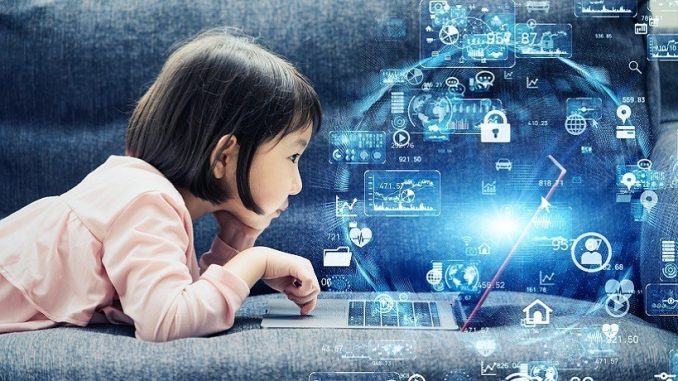
## The Transformative Lens: Exploring the Role of Technology in Education
For generations, the classroom remained largely unchanged, a familiar tableau of blackboards, textbooks, and lectures. Today, however, the educational landscape is undergoing a profound metamorphosis, driven by the relentless march of technological innovation. From digital whiteboards to artificial intelligence, technology has permeated every facet of learning, fundamentally altering how knowledge is accessed, delivered, and assimilated. Its role is no longer peripheral; it is central to creating dynamic, personalized, and engaging educational experiences that prepare students for an increasingly complex and digitally driven world. This transformative lens offers unprecedented opportunities, but also necessitates thoughtful integration to maximize its immense potential.
One of the most significant contributions of technology to education is its capacity to personalize the learning experience. Traditional classrooms, by their very nature, often struggle to cater to the diverse needs and learning paces of individual students. Technology shatters this limitation. Adaptive learning platforms, for instance, can assess a student’s strengths and weaknesses, then tailor content and exercises to their specific needs, providing immediate feedback and moving them forward only when mastery is achieved. This ensures that gifted students are continually challenged, while those who need extra support receive it without feeling left behind. Imagine a student in a Bangkok school struggling with a specific mathematical concept; an AI-powered tutor can provide endless practice problems and varied explanations until the concept clicks, something a single teacher in a large classroom might struggle to provide consistently. This individualized approach fosters deeper understanding and greater confidence.
Beyond personalization, technology has democratized access to information and educational resources on an unprecedented scale. The internet, a vast digital library, has made knowledge once confined to elite institutions accessible to virtually anyone with a connection. Students can now explore virtual field trips to historical sites, access lectures from world-renowned universities, or collaborate with peers across continents. This global connectivity breaks down geographical barriers, enriching the learning experience with diverse perspectives and real-world relevance. A student in a rural Thai village, for example, can now participate in an online coding course taught by an expert halfway across the world, an opportunity that was unimaginable just a few decades ago.
Furthermore, technology has revolutionized engagement and motivation in the classroom. Interactive simulations, gamified learning platforms, and virtual reality experiences transform passive learning into active exploration. Instead of merely reading about the human circulatory system, students can embark on a virtual journey through the bloodstream. Instead of simply memorizing historical dates, they can participate in a simulated historical debate. These immersive experiences make learning more vivid, memorable, and enjoyable, catering to a generation of digital natives who expect interactivity and dynamic content. When learning becomes an engaging experience, students are more likely to internalize information and develop a genuine curiosity for further inquiry.
The role of technology also extends to fostering critical 21st-century skills that are essential for future success. Collaboration tools, digital presentation software, and online research platforms equip students with the competencies needed in modern workplaces. They learn to navigate digital environments, evaluate online information critically, communicate effectively in virtual spaces, and solve problems collaboratively using technological resources. These are not merely academic skills but foundational tools for navigating the complexities of the professional world. In an era where many jobs demand digital literacy and remote collaboration, introducing these tools early in education is a strategic investment in students’ future employability.
However, the effective integration of technology in education is not without its challenges and requires careful consideration. It is crucial to remember that technology is a tool, not an end in itself. Its mere presence in a classroom does not guarantee enhanced learning. The focus must remain on pedagogical goals, with technology serving as an enabler for deeper learning, not a substitute for effective teaching. Issues such as digital divides, ensuring equitable access for all students regardless of socioeconomic background, also remain a significant concern, particularly in regions where infrastructure may vary. Moreover, educators require adequate training and ongoing support to effectively leverage these tools, transforming them from mere gadgets into powerful instructional aids.
In conclusion, the role of technology in education has evolved from a supplemental resource to an integral, transformative force. By enabling personalized learning, democratizing access to knowledge, boosting engagement, and fostering essential 21st-century skills, technology is fundamentally reshaping how we teach and how students learn. While challenges in equitable access and effective integration persist, the undeniable power of technology, when wielded thoughtfully and strategically, promises a future where education is more accessible, engaging, and relevant than ever before, preparing students not just for examinations, but for a lifetime of continuous learning and success in a rapidly changing world.